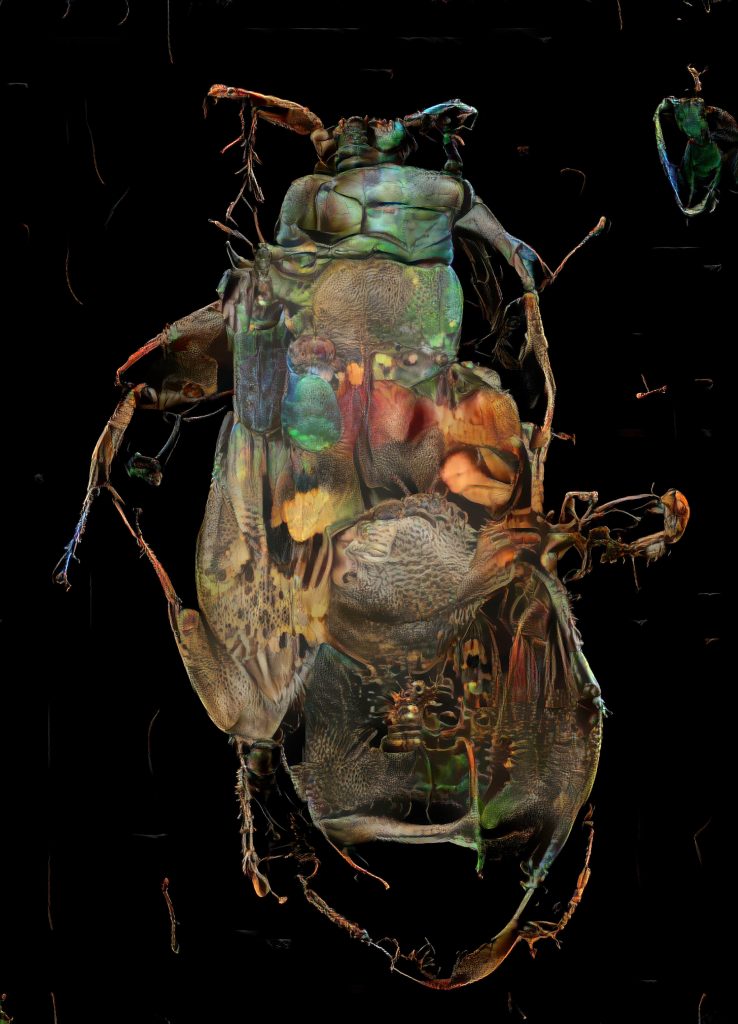Amanda Ghassei https://amandaghassaei.com/
This week, I looked at the work of Amanda Ghassei, an engineer and computational artist. Initially, I was drawn to her work due to the way she took real, tangible, and usually historical art forms and found ways to work with those concepts computationally. Her work includes algorithms about folding origami, explorations of the historical process of locked letters, and creating a simulation based off of the process of water-marbling. The project that I chose to examine more closely was her water-marbling work, mostly because of my aesthetic attraction to the vibrant palette she uses. This work connects to other work of hers which simulates fluids, which is impressive, but I find the conceptual act of digitally recreating a historical process to be more interesting. The past is so intangible and hard to access, so the act of computationally recreating the past, in a sense, is pretty intriguing.
![[OLD SEMESTER] 15-104 • Introduction to Computing for Creative Practice](../../../../wp-content/uploads/2023/09/stop-banner.png)






